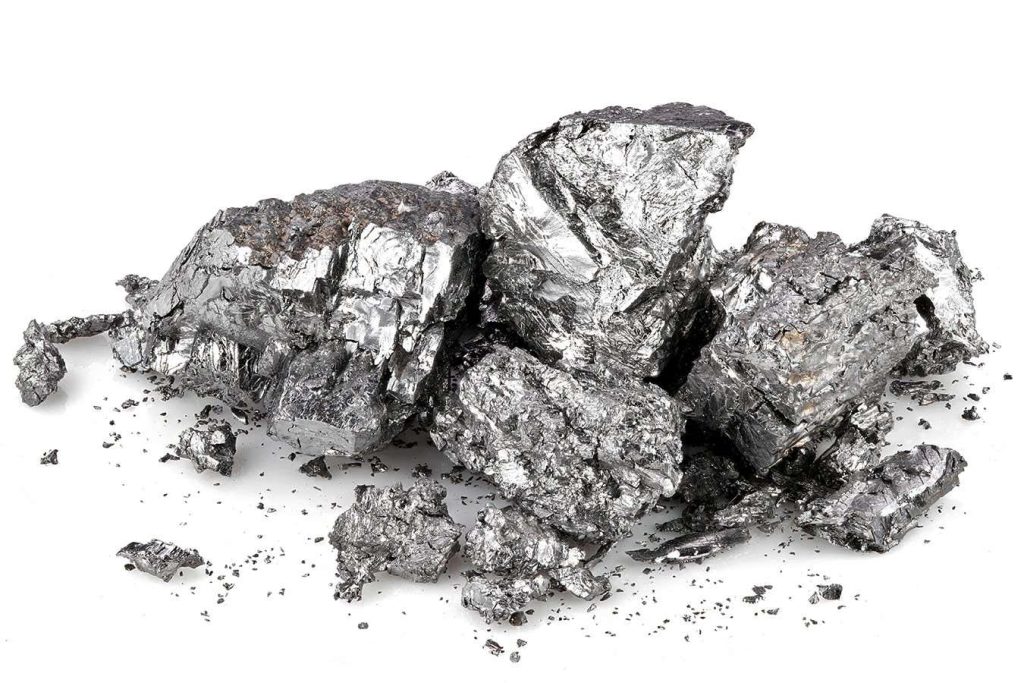Beryllium is toxic and hard to work with
Bjorn Wylezich/Alamy
A metallic bond between two beryllium atoms has been forged for the first time in the lab. The development could pave the way for the creation of new materials.
“Going back 100 years, chemists have been striving to understand how elements bond together, but there are still gaps in what we know. Beryllium is element number four in the periodic table, yet no one managed to bond two of these metal atoms together,” says Simon Aldridge at the University of Oxford.
That is, until now. Together with Josef Boronski, also at the University of Oxford, Aldridge and his colleagues have succeeded in doing that by synthesising a compound called diberyllocene.
Advertisement
They started with a molecule that contains one beryllium and many hydrogen and carbon atoms. They set out to get the beryllium atoms from two molecules to bond with each other. This was very unlikely to happen because beryllium atoms within molecules tend to relinquish all the electrons that they would usually need to form new bonds.
To remedy this, the researchers mixed these molecules with a chemical that can donate some of its electrons to the beryllium compound. They worked out that mixing two parts of the beryllium compound with one part of the chemical, which contains two magnesium atoms bonded together, would do the trick. After the solution reacted, and then crystallised, Aldridge and his colleagues took X-ray images of the crystals, confirming that the resulting compound contained two metallically bonded beryllium atoms at its centre.
Boronski says that beryllium has historically been understudied because it is toxic, but with proper safety protocols in place he and his colleagues found that they could make the new compound quickly and cleanly. The result matched the prediction of mathematical models from two decades ago that suggested such a compound could be stable.
“Theoretical studies were correct about beryllium-beryllium bonds, but getting there was the hard part,” says Cameron Jones at Monash University in Australia whose team created the only comparable metallic bond, between two magnesium atoms, in 2007.
Steve Liddle at the University of Manchester in the UK says that getting atoms to do something that they aren’t inherently inclined to do is a necessary step for innovation in chemistry and material science. For instance, it could lead to creating new materials by tweaking the process to bond beryllium to other metals as well, he says.

